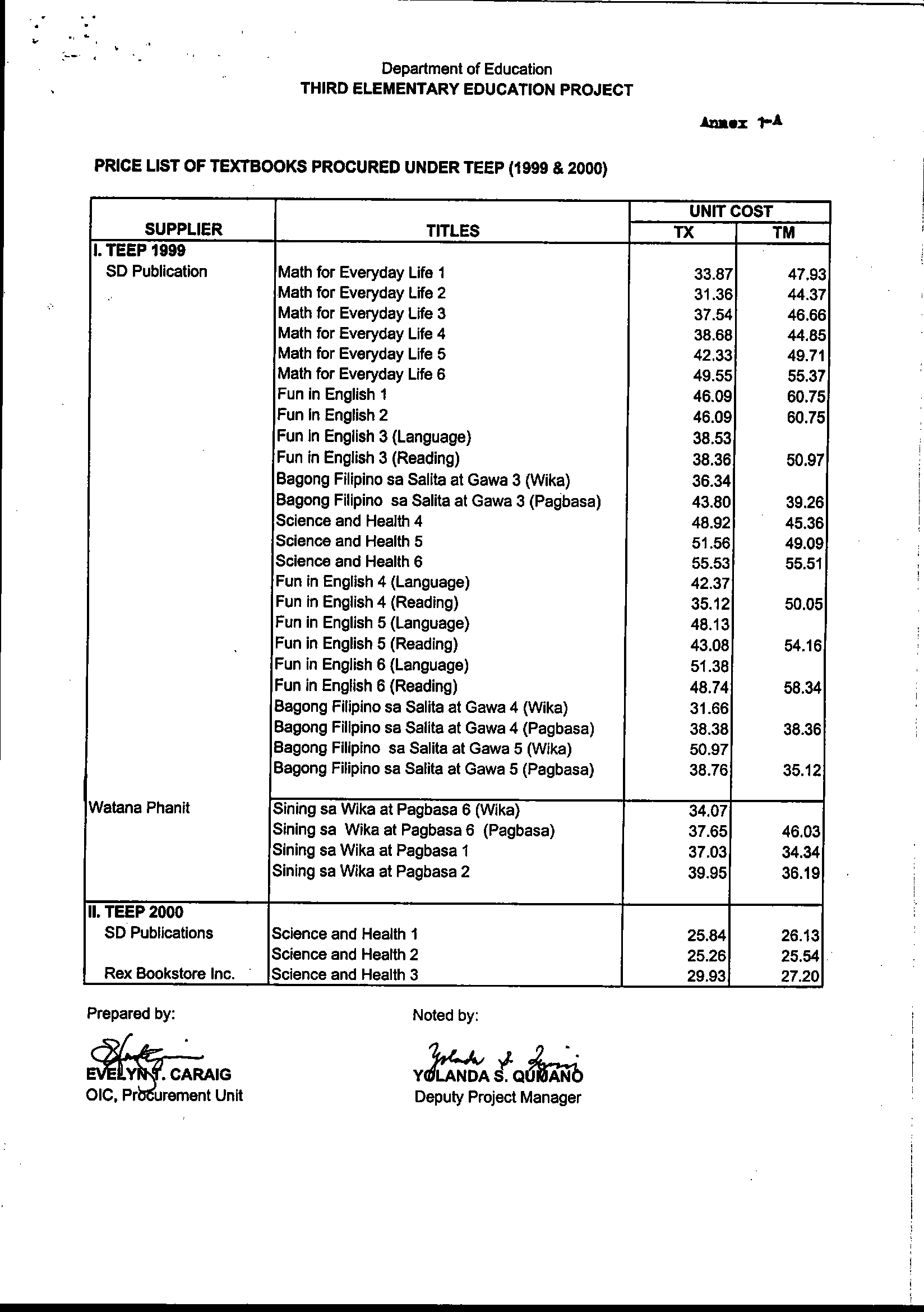Deped Drop Out Reduction Program

Sample Dropout Intervention Program PREVENTING SCHOOL. And subsequent dropping out of. Prevention of school dropout through the reduction of disruptive. Posts about Drop-Out Reduction Program written by chrisfrusa. 2010 - Guidelines on Mainstreaming the Dropout Reduction Program. Guidelines on Mainstreaming the Dropout Reduction Program. DepEd Complex.
Chain of Change (Education): Although the DepEd has a plan to eradicate school drop-outs, it takes initiative to actually do it. The PRO-DORP Team locate drop out students and identify their reasons for leaving school. Carlos Henrique Bezerra Leite Processo Do Trabalho Pdf. The causes may be either family problems, malnutrition from lack of food or funds that lead to early entry in the labor force. The organization finds ways to bring them back by systematically attacking the problem from its source.
Linked Up!: Department of Education The TAYO Connection: The principal of schools encouraged PRO-DORP Team resident Alwin Luarez to join TAYO based on the effect their program had in eradicating the reasons why students drop out of school. They also showed the OSYs that great things can be achieved no matter where you are, how old you are or how little you have. Alwin highly values education because he says he could not be where he is today without it. Thus, he will search the ends of his community to bring the youth back to school. As a teacher and lover of statistics, he found out the alarming drop-out rate detected was with a 15.28% high in the school year 2003-2004 in their only high-school, Cantilan National High School, with a population of 1,013 students. As a response to this unsettling reality, the PRO-DORP TEAM formally set-up the Reach-Out, Not Drop-Out Program in 2007 which addressed the individual issues hindering students from staying in school.
The PRO-DORP Team identified four factors where the students’ decision to drop out originate: Family (F), Individual (I), Community (C), and School (S), which they termed the FICS Factors. Four sub-programs, namely Suporta Mo Kinabukasan Ko, Feed My Brain, Maglaro at Mag-Usap Tayo, and EmpATHY, were formulated based on the components family, individual, community, and school respectively.
Representatives for each sub-programs discovered valuable information on why students kept dropping out. Representatives for the Suporta Mo Kinabukasan Ko found that 80% of the students could not pay miscellaneous fees on time and they responded by scouting for sponsors. Through Feed My Brain, the problem of poor comprehension because of malnutrition was countered with a feeding program. Maglaro at Mag-usap Tayo addressed the presence in-campus gangs by intensifying school activities and group counseling. For EmpATHY or Empower the Teachers to Help the Young, they realized that teachers also needed to address the personal/emotional problems of these underprivileged youth through counseling.
This multi-approach galvanized the participation of various sectors of the community to do their share to counter the problem. Local bakeries supplied breads for the feeding program.
Alumni sponsors willingly gave money to pay for students’ fees. Parents and teachers alike made sure that the school environment is conducive to learning and that students always have a listening ear whenever they have problems. As of the school year 2009 to 2010, the drop-out rate has been successfully reduced to 1.87%, a staggering 13% difference from 2003-2004. Positive results and improvement of the students push the PRO-DORP Team, aiming for a 0% drop-out rate by 2015.